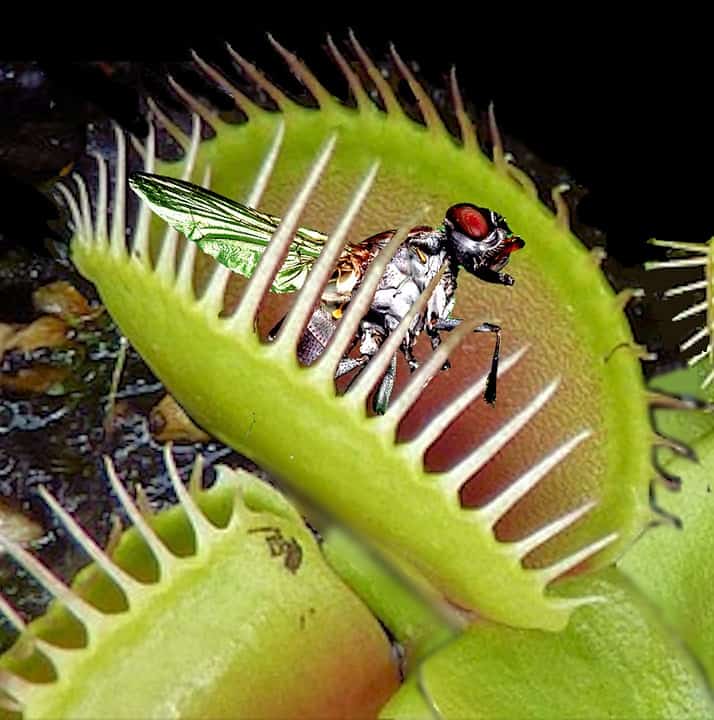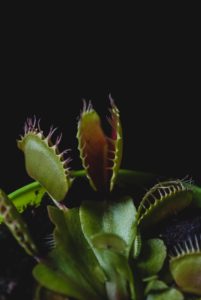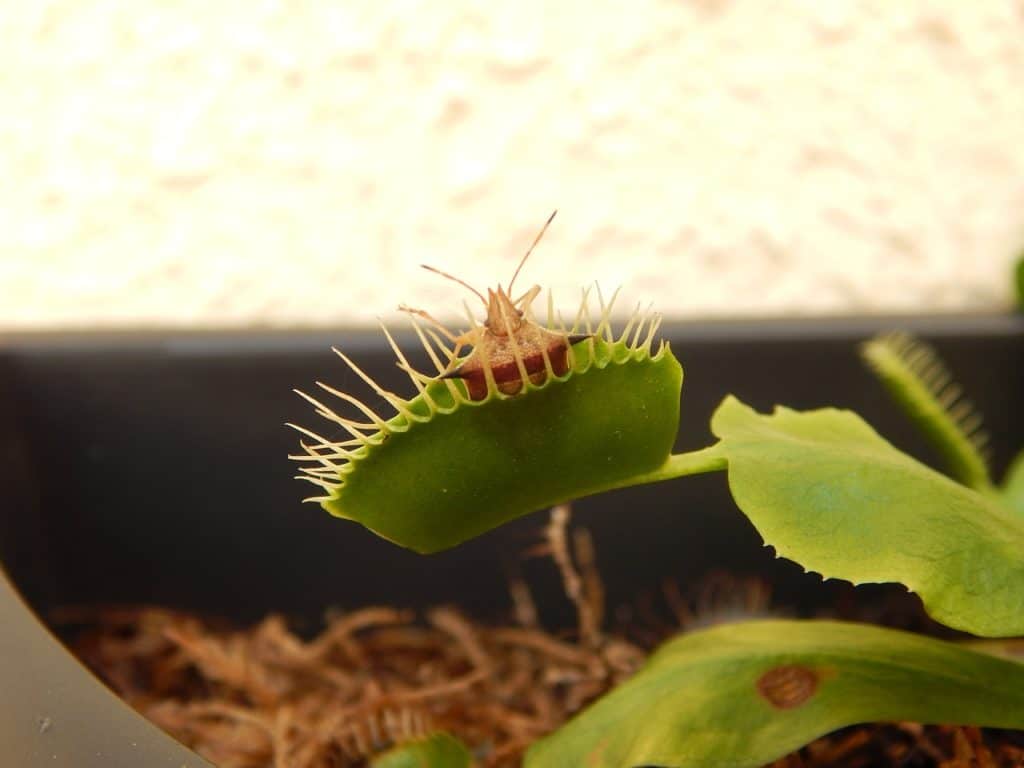Buy Carnivorous Plants Online!
Buy carnivorous plants from the most reputable and trusted carnivorous plant nursery, California Carnivores. We have partnered up and are giving all my viewers an exclusive 10% discount on your entire carnivorous plant order! Just enter CPHUB at checkout! Get the coolest venus flytrap cultivars, sarracenia, nepenthes and much MUCH more! You can even buy your next bag of premium carnivorous plant soil from them! Order Plant Mail, Click Here!Venus flytraps are one of the coolest plants in the world. You are probably here because your wondering how long does it take for a venus flytrap to grow. This is a great question and I am excited to answer it for you and talk about venus flytraps today!
The quick answer is. The venus flytrap seeds germinate quickly, in as little as 10-14 days. Be patient however as the venus flytrap does not grow quickly. It can take 2-4 years to grow 3-6 inches tall and about 5 inches in diameter at full maturity.
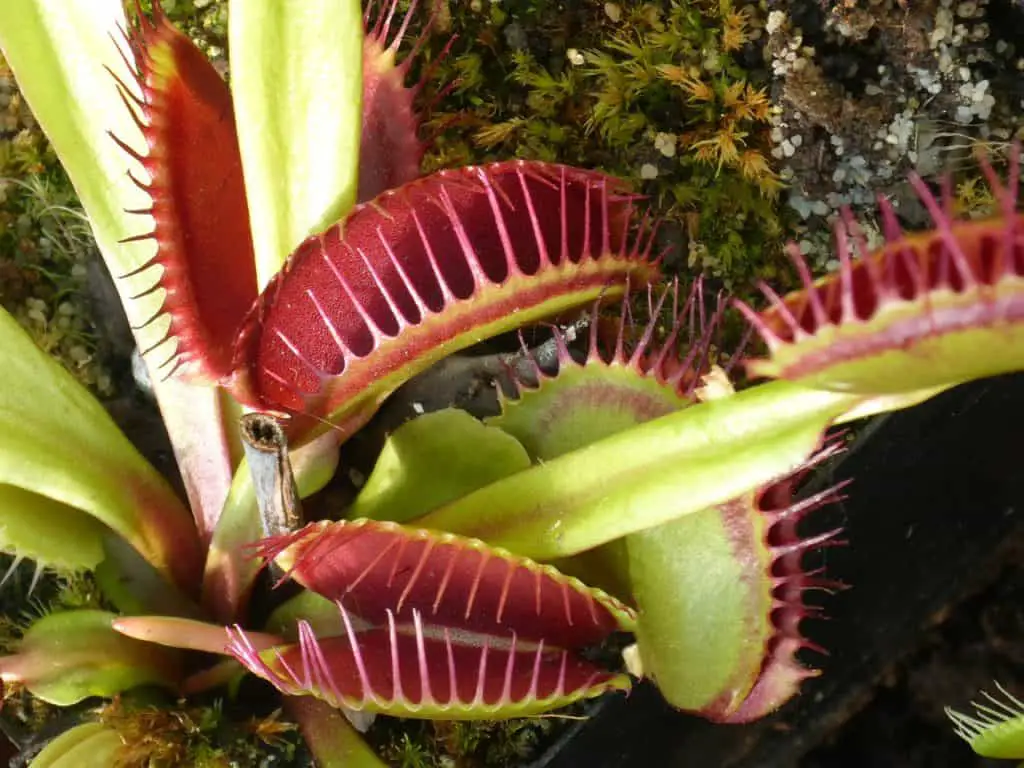
Now that you have the full answer, lets dig more into why they grow so slow and talk more about their growth patterns.
Also, before we get too far into this, please take a look at one of my other care/guides on venus fly traps. Each one takes you to another page on this website full of excellent information on your venus flytrap!
Ultimate Venus Fly Trap Care Guide
How Does A Venus Flytrap Work?
Venus Flytrap Soil Mix And Potting (Maybe one of the most important things to note)
Picking A Pot or Planter For Venus Flytrap
Venus Flytrap Dormancy (Yes, they hibernate and yes you need to know about it!)
What/How To Feed A Venus Flytrap – How to feed and what to feed a venus flytrap!
Venus Fly Trap Watering Guide – Learn how often and what kind of water to give your plant!
How Long Does It Take For A Venus Flytrap To Grow
Venus Flytrap Germination
Venus flytraps, although slow, are actually easy to germinate and grow. They produce seeds in the Northern Hemisphere from April until June. They can germinate in most carnivorous plant soil mixes but do the best in a peat moss and sand mix. In order for the seeds to sprout they must be kept moist. Within two to three weeks the seedlings can be transplanted or once the first true trap leaves begin to appear.
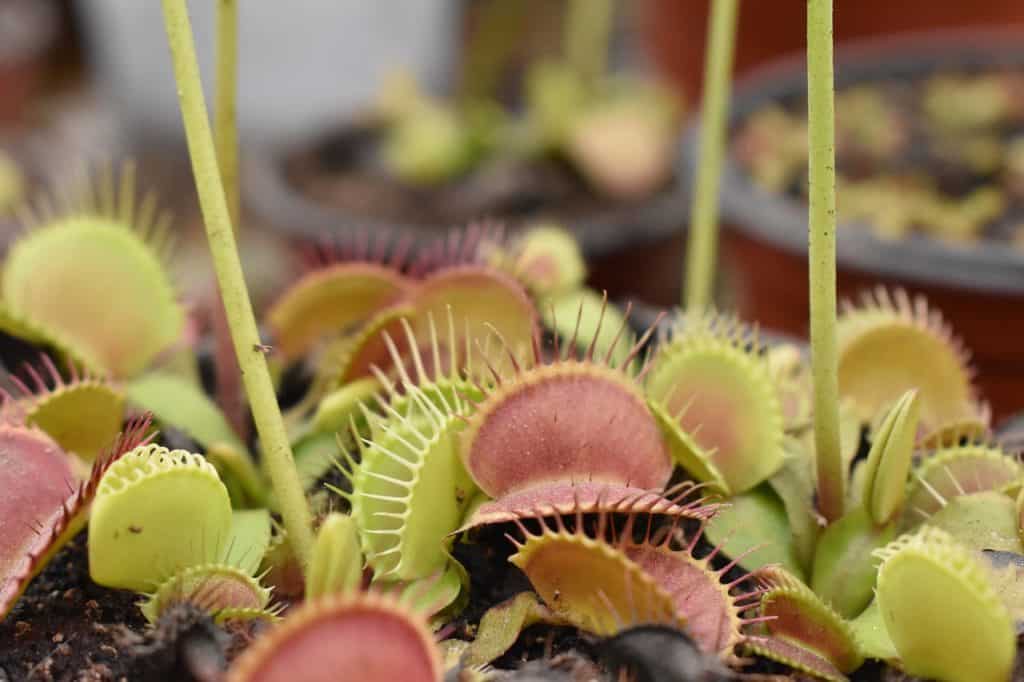
Venus Flytrap Flowering
A venus flytrap can live for 20 years but take a very long time to mature. A venus flytrap can definitely be misleading as some of the trap characteristics will appear soon after germination. It actually takes 2-4 years for the venus flytrap to flower. Small clusters of small white cup shaped plants grow in groups of 4-10, these little white flowers can grow up to 12 inches in height. After the flowering occurs, around 6-8 weeks small black pear shaped seeds are released.
There are quicker ways to grow a venus flytrap than with seeds. Propagating from cutting and dividing plants can be a quicker way to grow the plant.
Vegetative Propagation
If your asking the question, how long does it take to grow a venus flytrap and you want to know what is the quickest way this will be the best method. This can cut down the time it takes to reach maturity to 1-2 years vs. the 2-4, basically in half. Another reason this is a popular method is that when doing vegetative propagation the plant that grows is genetically identical to the parent plant.
There are two ways you can accomplish vegetative propagation.
- Multiple Growth Points
- Leaf Pullings
Multiple Growth Points
This is probably the easiest way to grow a venus flytrap. You simply let them grow! Venus flytraps naturally propagate by forming growths in their rosette. This is noticeable with a venus flytrap when the leaves seem to be crowded and it appears that the plants are growing out of a center point. Once this has become noticeable leave the plant alone until the following spring. At this time you can separate the rosettes and repot both venus flytrap plants.
If it doesn’t appear that the new plant has a good root system, it’s probably best to leave them together another year so it has a better chance to take root.

Leaf Pullings
You will need to uproot the plant and expose the rhizome. Once the rhizome is exposed you will want to find a leaf that is on the outside that is very healthy. You want to grab the leaf and give it a gentle jerk downward. The main focus is to get as much of the rhizome, which is the white part, as possible when you remove the leaf. Trim off the trap and place it in soil that is made for venus flytraps. You will want to give it a lot of light and keep it pretty moist. Your shooting for a 13 hour photoperiod.
It may take up to 2 months before you see any growth, be sure to be patient with this process. The first noticeable growth will be little nubs and then it will turn into little leafs.
Make sure that you only pull leafs from healthy plants. You can pull from unhealthy plants but your success rate drops pretty drastically. You should also avoid pulling leaves from any plants that are flowering. If done correctly and pulled from a healthy plant, your venus flytrap should have a 75% chance of of success.
If you want to know more about how a venus flytrap works, you can click here to find out!
Check out the second video below to see how to do the leaf cuttings and what it looks like.
Cool Video Showing How To Grow A Venus Fly Trap From Seeds
How To Grow Venus Flytrap From Leaf Cuttings
How Long Does It Take For A Venus Flytrap To Grow
Just as a recap to how long does it take for a venus flytrap to grow. If you want to know how long it takes a venus flytrap to grow from seeds, your looking at 2-4 years. If you go through the propagation process and pull a leaf you can reduce this by half and get new venus flytraps in 1-2 years.
Keep in mind, if you propagate with an existing venus flytrap, the plant that grows will be an exact genetic replica of that plant. Growing from seeds can see some genetic variancies.
Thank you so much for stopping by and talking venus flytraps with me. I love these plants and am excited to see people researching and growing their own.
Don’t worry about how long it takes for a venus flytrap to grow. Plant the seeds and be patient. With a little love and care, they will sprout up!
If you found this article helpful, please feel free to share on your favorite social media platform, this really helps us out! Share on Facebook, Pinterest or Instagram!



